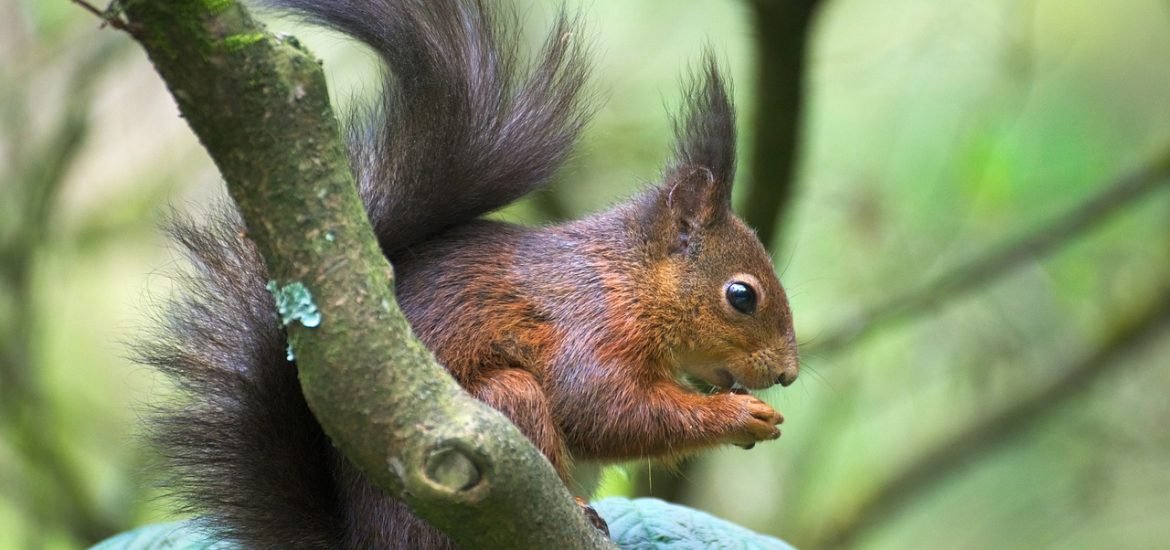
People like to see some wild animals near their homes, but not all of them, and not in their backyard, according to a study published in the Journal of Urban Ecology.
A team from the Technical University of Munich (TUM), the University of Jena, and the Vienna University of Technology asked residents in Munich what they felt about various wild animals living in urban areas. Squirrels and ladybugs come out on top as favourites, but most animals were accepted. These results can have important implications for urban planning and nature conservation.
For this study, participants were asked to rate 32 urban animal species and where in the city they would like to see them. 23 out of 32 species received positive feedback, with birds and mammals being the most popular. In general, participants also liked arthropods, lizards and frogs, but rated martens, rats, wasps, slugs and pigeons negatively. Not surprisingly, cockroaches were the least popular animals, but most people have a neutral attitude towards ants, spiders, and snakes.
For the survey, participants also had to choose from various locations in different proximities to their homes where the animals could be found. In most cases, participants picked city parks or the surrounding countryside, and very few mentioned their garden or the balcony in their apartment. The exceptions were ladybugs and squirrels, which were accepted everywhere. Three species — cockroaches, rats, and slugs — were not placed anywhere. “It turns out that city residents’ preferences for locations clearly correlate with their attitudes towards animals,” explained Dr. Fabio Sweet.
“Increasing urbanization makes it necessary to actively care for animals in the city and to design urban development accordingly. If we know where people prefer or dislike certain animals, we can anticipate potential points of conflict. This allows us to identify places where species conservation in cities is accepted by people,” said Prof. Wolfgang Weisser, head of the Chair of Terrestrial Ecology.
The results suggest that most people would accept wildlife in city parks, and therefore, conflicts are unlikely. In contrast, most people would object to animals in their immediate proximity, such as their garden or balcony. Any measures to promote urban biodiversity are only successful when they are not only ecologically sensible but also socially acceptable. It’s essential to combine what we know about these animals and how people are going to accept them. This is the best way to promote animal welfare in cities and avoid conflict between humans and wild animals.
Fabio S T Sweet, Anne Mimet, Md Noor Ullah Shumon, Leonie P Schirra, Julia Schäffler, Sophia C Haubitz, Peter Noack, Thomas E Hauck, Wolfgang W Weisser, There is a place for every animal, but not in my back yard: a survey on attitudes towards urban animals and where people want them to live, Journal of Urban Ecology, Volume 10, Issue 1, 2024, juae006, https://doi.org/10.1093/jue/juae006